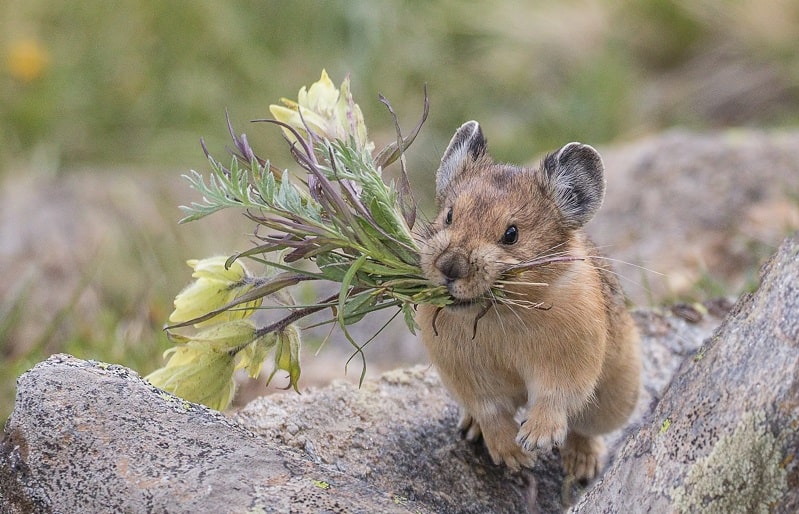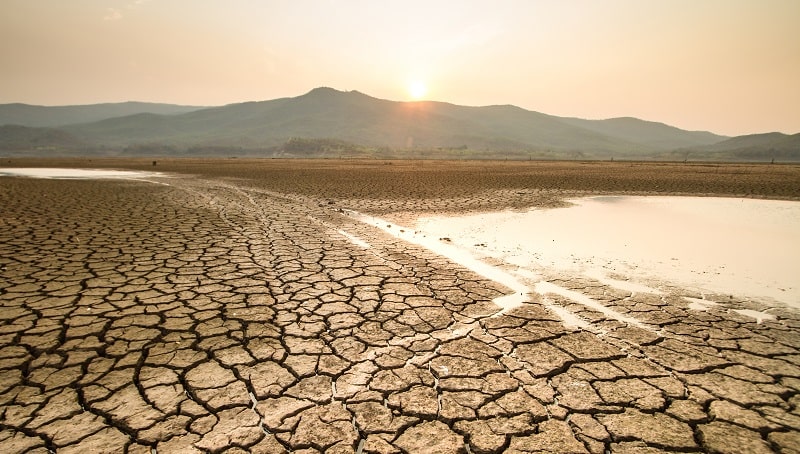Some people have proposed carbon sequestration as a solution to global climate change. But what does it mean? How can we get carbon out of the atmosphere? What will we do with it then? And, most importantly, will it work? Scientists have come up with an astounding number of ideas for carbon capture and sequestration. We’ll look at a few of them below.
Carbon Sequestration Definition
The main driver of global climate change is carbon dioxide (CO2) emissions. And the main source of carbon dioxide emissions is burning fossil fuels like coal, gas, and oil. We burn fossil fuels when we drive, ride, or fly in gas-powered vehicles. Ordering products for home delivery puts more cars and trucks on the road, and that, too, increases CO2 emissions. Another primary source of carbon dioxide in the atmosphere is heating and electricity. Industry, too, causes its share of CO2 emissions. All of this adds up to a lot of carbon in the atmosphere.
Carbon sequestration is the idea that we can take that carbon back out and safely store it somewhere. Or even that we can siphon it off before it reaches the atmosphere. How you define sequestration depends on the method. Nature already has processes for carbon capture and storage. But they’re not enough. We’ll take a look at some natural ways carbon is stored in the environment. And then we’ll look at some proposed carbon capture technologies as well. Is carbon sequestration the answer to the global climate change question? Maybe. But more likely it will be just one tool in the toolkit we’ll need to combat climate change.
Natural Carbon Sequestration
You may have learned about the water cycle in school. But did you know that Earth also has a carbon cycle? Before humans started digging up fossil fuels and burning them, the Earth’s carbon cycle balanced itself pretty well. The air and sea exchanged gasses, including carbon dioxide and oxygen. Plants took in CO2 and released oxygen, while oxygen-breathing animals did the opposite. Soils and ocean sediments were instruments of carbon storage. You can see this cycle in more detail in the NASA diagram below.
Some forms of natural carbon sequestration and storage include:
Plants and trees
Plants and trees “inhale” carbon dioxide and “exhale” oxygen. This is one of the ways that nature has maintained a balance of CO2 in the atmosphere. Plants and trees also store CO2.
Soil
Plants and animals store carbon in their bodies. When they die and decompose, that carbon released into the soil. The soil safely stores it.
Roots
The roots of plants are another place where nature stores carbon.
Oceans
The exchange of gasses between air and sea is one way that nature has kept CO2 levels in balance. The oceans absorb CO2 from the atmosphere. Then chemical reactions transform the CO2 into bicarbonate ions, which the ocean stores.
In the past, nature has used these methods of carbon capture and storage to keep CO2 levels in balance. But the burning of fossil fuels has upset the balance. And now, humans are putting more carbon dioxide into the earth’s atmosphere than natural processes can handle. And this is one of the main forces driving climate change.
Some Carbon Capture and Storage Methods
Scientists have proposed a number of methods we could use to capture carbon and store it. Some of these methods rely on catching the carbon before it gets into the atmosphere. Other methods would remove the carbon already in the atmosphere. Everyone agrees, though, that the best way to reduce the impact of CO2 emissions would be to drastically reduce CO2 emissions. But some of these methods could also help to restore the balance.
Biosequestration
Nature has a number of different carbon storage places, including oceans, peat bogs, and forests. Some scientists have suggested making more use of these natural storage areas by deliberately injecting carbon into them. Others have suggested creating new bogs and forests to increase the natural processes at work. This would help to clean the environment and store CO2 through biological processes that nature already uses.
Peat bogs are wetlands where dead plants accumulate and decay. The carbon that the plants have stored released into the soil of the peat, where it remains safely out of the atmosphere. Some scientists have suggested either creating new bogs or deliberately injecting carbon into existing bogs, as a means of carbon capture and storage.
The ideas of reforestation and creating more forests appeal to many people. Not only do trees store carbon in their bodies and roots, but they clean CO2 from the air, and “exhale” the oxygen that humans and animals need to breathe. Planting more trees, particularly in urban areas, could go far toward removing atmospheric carbon. And it would make cities prettier as well.
Agriculture
Changing the ways we think about land and water use has turned up some promising ideas for carbon sequestration and storage.
Soil is a tremendously powerful carbon sink. Clearing land for agriculture disrupts soil’s natural carbon balance. But innovative farming methods, including crop rotation and no-till farming, have the potential to increase the amount of carbon stored in farmland soils. This is good for the plants and good for the environment.
Crops themselves can also be used for CO2 removal. In addition, the place of crops in the carbon cycle can transfer that carbon to permanent soil storage. Some farming practices that can help include:
Using grasses, weeds, and other plants as temporary groundcover between planting seasons.
Grazing cattle and livestock lightly but evenly. This way, plant roots will grow deeper into the soil and deposit their carbon there.
Covering bare paddocks with hay or dead vegetation protects soil from the sun. In addition, it helps the soil to hold water. It also attracts carbon-capturing microbes.
Restoring degraded land slows carbon release.
Bioengineering and Geoengineering
Image: Public Domain, by the National Oceanic and Atmospheric Administration, NOAA MESA Project via Wikimedia Commons.
Bioengineering means changing biological processes in a deliberate way, in order to assist in carbon capture and storage. Geoengineering means changing elements of the environment, with the same goal. A number of intriguing possibilities exist with regard to the ocean. Here is a sampling of proposed methods for increasing ocean-based carbon capture and storage.
Iron Fertilization
Some scientists have suggested “fertilizing” the oceans with iron. This would encourage the growth of phytoplankton. Phytoplankton removes carbon from the atmosphere. The problem with this technique is that we don’t know how it would affect the rest of the marine ecosystem. It could disrupt the ocean’s nutrient balance, which could harm fish and plants. In addition, it could release nitrogen oxides, which are “indirect” greenhouse gasses.
Seaweed Cultivation
Increasing the amount of seaweed is an attractive option. Like land plants, seaweed absorbs carbon dioxide. In addition, some kinds of seaweed can be harvested and processed into biomethane, which can be used to supply power for electricity. In addition, farmed seaweed could provide an environment for sustainable farming fish to feed people — all while pulling carbon from the air.
Physical Processes for Carbon Capture and Storage
Scientists have proposed a number of methods for pulling carbon out of the atmosphere and injecting it into permanent storage. Let’s have a look at a few of them.
Bioenergy with Carbon Capture and Storage (BECCS)
BECCS stands for bioenergy with carbon capture and storage. The theory combines bioenergy, that is, energy from organic material used as fuel, with carbon storage. The idea is that biomass, like wood and other plant matter, collects CO2 during its lifetime. Burning biomass as fuel releases that carbon into the atmosphere. However, a BECCS system would capture that carbon as it releases, and inject it into geological formations, rather than let it out into the atmosphere.
Burial
Burying biomass or biochar both sequesters carbon in the soil and improves the soil itself. In addition, it works to offset atmospheric carbon.
Questions
Of course, all of these methods raise the same questions. Is it cost-effective? What are the potential environmental side effects? Will people, and industry, be willing to make the change? And how effective will it be in the end?
Ultimately, reducing carbon emissions is the most important step we can take toward combatting climate change. For individuals, this means reducing driving and air flight, using clean energy whenever you can, recycling, and making sure our homes are as energy-efficient as possible. As a society, it means supporting policies that conserve energy and reduce pollution.
Carbon sequestration may be a powerful tool in the future. But it’s no magic bullet. We all need to pitch in and work together for the good of the planet…and our future on it.



